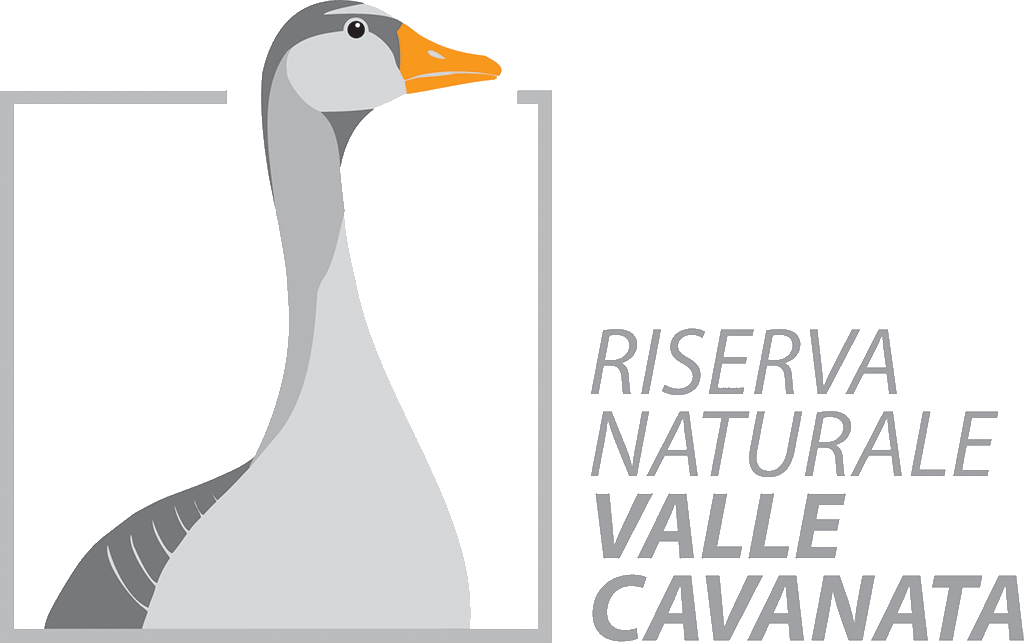An organism’s habitat (term that in the Latin language means “it inhabits”) is the place the physical and environmental characteristics of which may allow a specific species to live, grow and reproduce, guaranteeing a quality of life, which may increase or decrease on the basis of climate or demographic changes. It is essentially the environment that may surround a population of a species and others like them.
In order to promote the maintenance of biodiversity through the conservation of natural habitats in Europe, on 21st May 1992 the European Commission approved the Habitats Directive (Directive no.92 / 43 / EEC relating to the conservation of natural and semi-natural habitats and flora and wildlife).
In light of this, a series of habitats of community interest have been identified which are solidly protected in the Special Conservation Areas (SCAs), which in turn derive from an initial designation of Sites of Community Importance (SCIs). The Special Protection Areas (SPAs), on the other hand, are protected areas that lie along the bird migration routes and are aimed at maintaining and organizing suitable habitats for the conservation and management of migratory wild bird populations. These areas have been identified by the Member States of the European Union (Directive 79/409 / EEC, known as the ‘Birds Directive’). The Special Conservation Areas and Special Protection Areas constitute the network of Natura 2000 sites. These actions seek to protect a series of animal and plant species (listed in the annexes) of primary importance due to their rarity or key role in ecosystems.
The lists mentioned above are periodically updated in light of the evolution of the situation and scientific knowledge, in coordination with the European Red List. This directive was implemented by Italy in 1997 through the Presidential Decree n. 357 dated 8th September 1997 and amended and supplemented by the Presidential Decree n. 120, dated 12th March 2003.
The Council Directive dated 21st May 1992 on the Conservation of natural and semi-natural habitats and of wild flora and fauna known as the ‘Habitats’ Directive, and the ‘Birds’ Directive constitute the heart of Community policy on the conservation of biodiversity and are the legal basis on which the Natura 2000 network is founded.
The purpose of the Habitats Directive is “to safeguard biodiversity through the conservation of natural habitats, as well as of wild flora and fauna in the European territory of the Member States to which the Treaty applies” (Article 2). To achieve this, the Directive establishes measures aimed at ensuring the maintenance or restoration, in a satisfactory state of conservation, of the habitats and species of Community interest listed in its annexes.
The Directive is built around two pillars: the Natura 2000 ecological network, consisting of sites aimed at the conservation of habitats and species listed respectively in Annexes I and II, and the protection regime for the species listed in Annexes IV and V.
The Directive establishes rules for the management of Natura 2000 sites and the impact assessments (Article 6), the financing (Article 8), as well as monitoring and preparation of national reports on the implementation of the provisions of the Directive (Articles 11 and 17 ), and the issue of any exceptions (Article 16). It also recognizes the importance of landscape elements that play an ecological connection role for wild flora and fauna (art. 10).
As part of the Natura 2000 network of sites, the SCA and the SPA – IT 3330006 Val Cavanata and Banco Mula di Muggia were created. These partially overlap the Valle Cavanata regional nature reserve.
The habitats that are of particular importance in the Valle Cavanata Regional Nature Reserve include the beach forest, the Luseo meadows, the fishponds and the tidal mudflats, the beach, the fish rearing ponds and the deeper waters.
